Nicole schreibt...
Hannover / Hildesheim 2021 |
 |
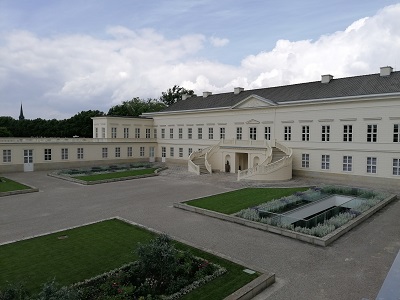 I normally don't do travel reports of what basically amounts to short day trips, but having taken so many pictures on this one, I thought why not. It has also been a special trip for me, as I had been wanting to see Hannover's famous castle gardens, the Herrenhäuser Gärten for many years. Never more so after reading Neal Stephenson's incredible Baroque Cycle which heavily features the gardens along with two very smart ladies - Sophie of Hanover and Caroline of Ansbach - along with one of Germany's foremost scientists, Gottfried Wilhelm Leibniz. It's sad and telling for German school education that the ladies are forgotten and the man mostly associated with butter cookies these days. As the chance presented itself to catch a musical in nearby Hildesheim, which would require an overnight stay anyway, it was the perfect chance to finally visit the Gardens as well. The actual Herrenhausen Castle was destroyed during World War , but a smaller version has been rebuilt not long ago, mostly used for conferences and the like.
I normally don't do travel reports of what basically amounts to short day trips, but having taken so many pictures on this one, I thought why not. It has also been a special trip for me, as I had been wanting to see Hannover's famous castle gardens, the Herrenhäuser Gärten for many years. Never more so after reading Neal Stephenson's incredible Baroque Cycle which heavily features the gardens along with two very smart ladies - Sophie of Hanover and Caroline of Ansbach - along with one of Germany's foremost scientists, Gottfried Wilhelm Leibniz. It's sad and telling for German school education that the ladies are forgotten and the man mostly associated with butter cookies these days. As the chance presented itself to catch a musical in nearby Hildesheim, which would require an overnight stay anyway, it was the perfect chance to finally visit the Gardens as well. The actual Herrenhausen Castle was destroyed during World War , but a smaller version has been rebuilt not long ago, mostly used for conferences and the like.
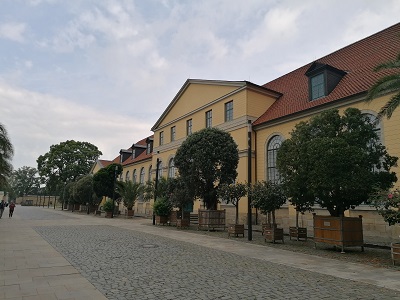
|
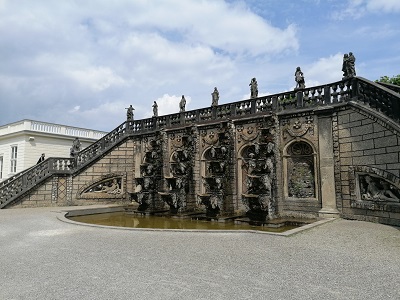 |

|
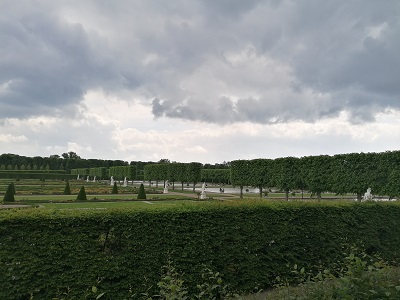 |
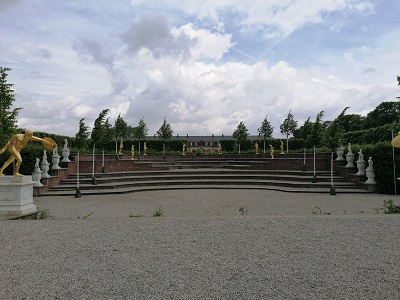
|
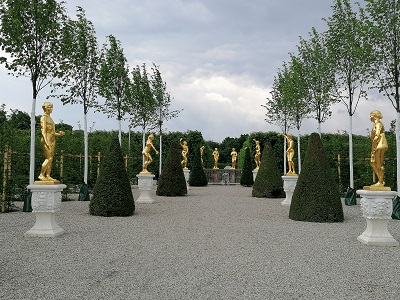 |
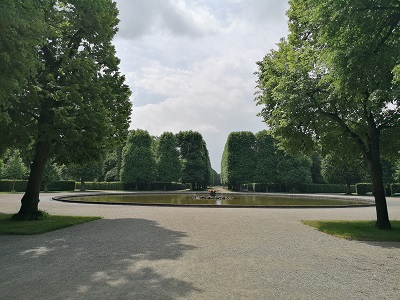
|
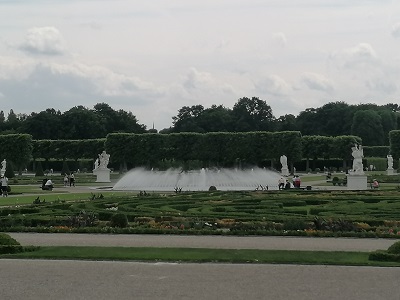 |
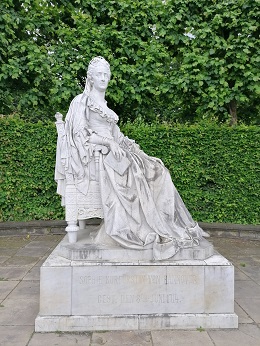
|
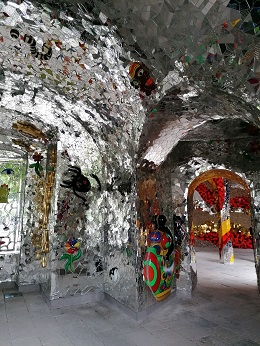
|
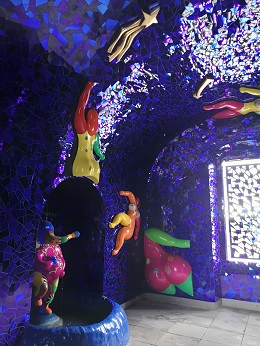 |
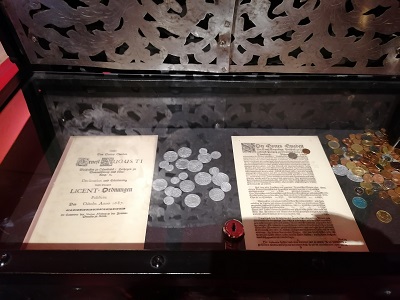
|
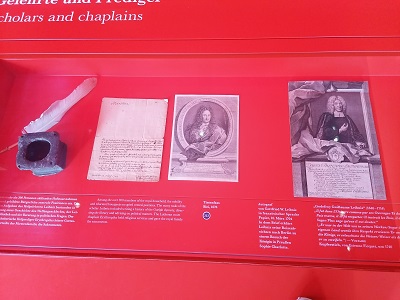 |
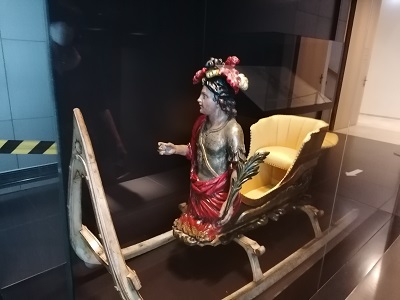
|
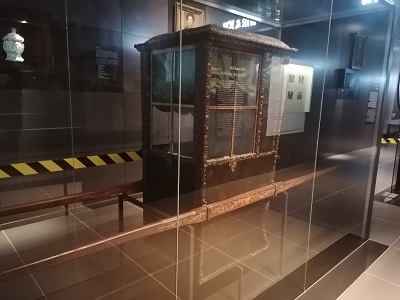 |
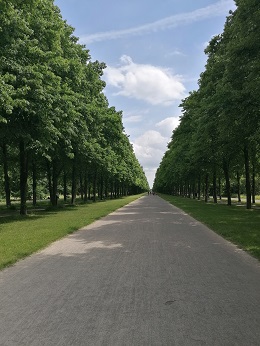
|
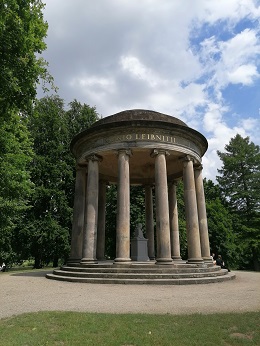
|
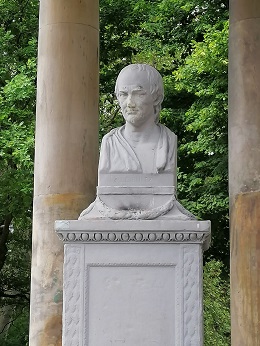 |
 From there it was onwards to nearby Hildesheim, where the Theater für Niedersachsen had been creative around the on-going Corona restrictions. Since open air performances are allowed, they created a theatre out of nothing in a field by the lake with the possibility of seating 500 people in socially distanced fashion. For their musical they chose Spamalot, the nutty Broadway musical adaption of the equally nutty Monty Python movie "The Holy Grail". While perhaps not my favourite musical, something fun and silly to just relax and enjoy seemed a great choice for returning to live theatre after 461 long long days, so I had decided to book and I'll say, I was really impressed by what they made possible there. But re-invention is clearly a specialty of Hildesheim, a small-ish town I knew nothing much about. It was bombed to crap in the war, but they decided to rebuilt several important buildings including their two medieval main churches which are now UNESCO World Heritage Sites.
From there it was onwards to nearby Hildesheim, where the Theater für Niedersachsen had been creative around the on-going Corona restrictions. Since open air performances are allowed, they created a theatre out of nothing in a field by the lake with the possibility of seating 500 people in socially distanced fashion. For their musical they chose Spamalot, the nutty Broadway musical adaption of the equally nutty Monty Python movie "The Holy Grail". While perhaps not my favourite musical, something fun and silly to just relax and enjoy seemed a great choice for returning to live theatre after 461 long long days, so I had decided to book and I'll say, I was really impressed by what they made possible there. But re-invention is clearly a specialty of Hildesheim, a small-ish town I knew nothing much about. It was bombed to crap in the war, but they decided to rebuilt several important buildings including their two medieval main churches which are now UNESCO World Heritage Sites.
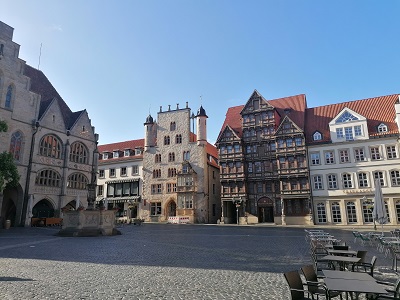
|
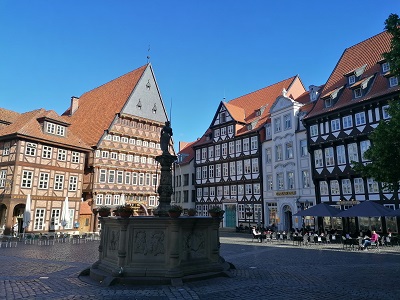 |
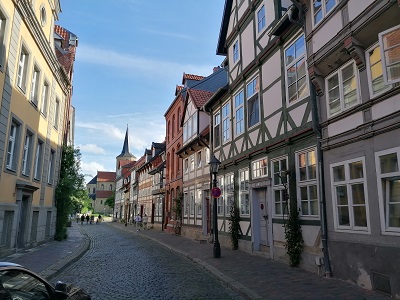
|
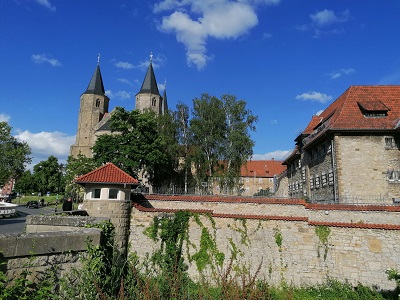 |
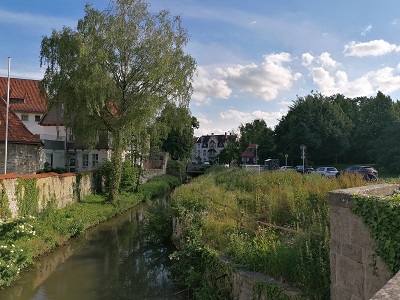
|
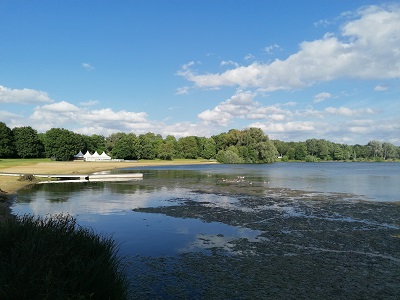 |
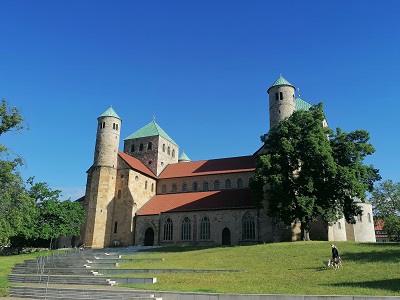
|
 |
Copyright © All Rights Reserved